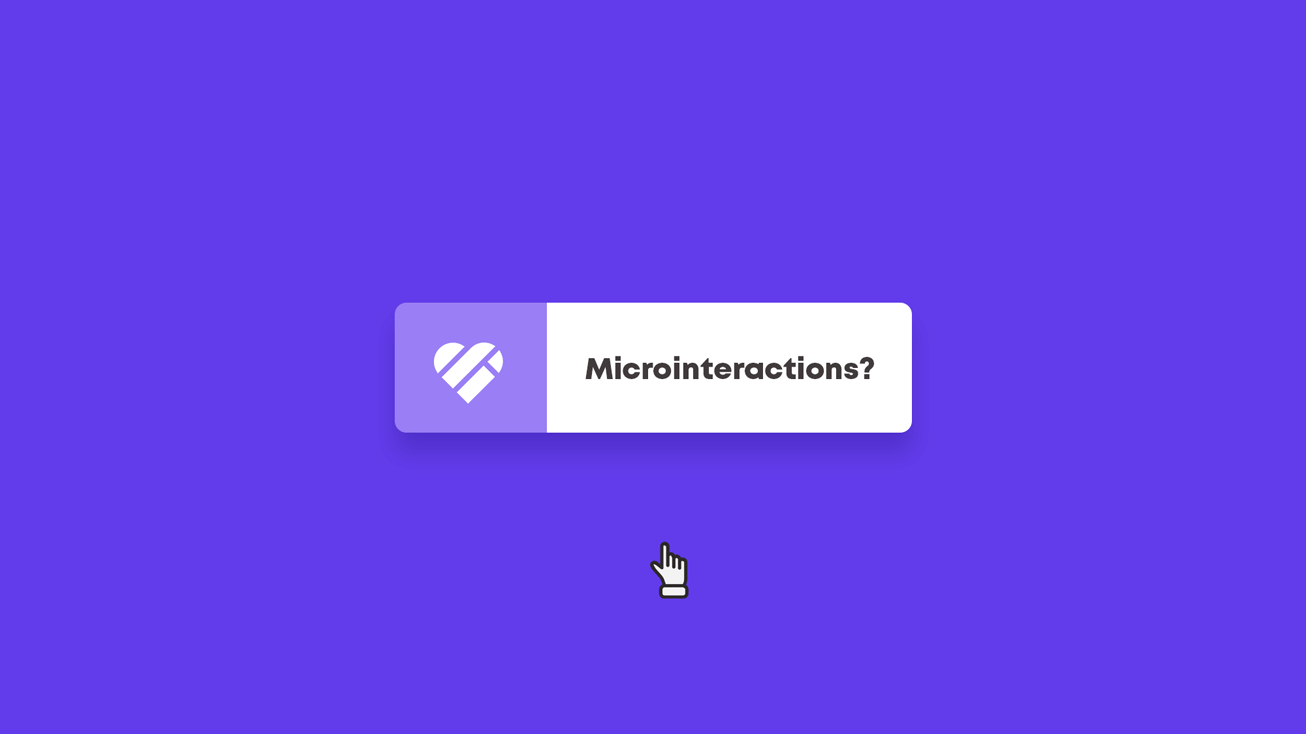Conversion rate optimization (CRO) has grown into a well-established part of our agency’s offering. The program’s growth is mostly owed to the simple fact that it’s been successful.
A good enough reason to continue doing almost anything.
If we’re being fully candid, though, the true reason we’ve ramped up our efforts in this arena is that we genuinely enjoy it.
To us, CRO is flat-out fun.
So, what is conversion rate optimization?
Here’s the textbook answer:
CRO is a way for businesses to increase their online revenue by enhancing the rate at which website visitors become paying customers.
Pretty unhelpful definition, right?
Here’s our slightly more fleshed-out description.
The purpose of CRO is to help businesses increase their online revenue by running creative A/B tests that yield actionable insights that inform web design changes.
Those design changes boost the rate at which website visitors become paying customers because the changes were made based on their behavior and preferences. It’s both proactive and reactive. You get the ball rolling, but your audience dictates its course from there.
The reason why this marketing service is so appealing is that it allows businesses to increase conversions in a methodical and reproducible way. We say “methodical” because there is, in fact, a method to it—a scientific method based on tests, data, and experiments.
There is a healthy measure of creativity involved. But, in the end, it all boils down to hard facts and figures. Which version of your website is objectively best? That’s the answer we’re after.
To help clients arrive at this answer, we optimize their landing page designs, user paths, and content (written and visual) to match customer needs and preferences more closely.
Communicating the Business Value of CRO to our Partners
To us, telling a client that the purpose of Conversion Rate Optimization is to “optimize their website for conversions” is a lot like telling someone who asked you how to play soccer that they just need to “score goals.”
Sure, that’s the hoped-for result; however, a lot must happen before you get there. 99.99% of the game is played between the goal lines.
That’s why we prefer to describe CRO as the practice of testing small changes and then taking big actions based on what those tests reveal.
You reconnoiter the landscape, then set up camp. Dip your toes into the water, then take the plunge. Fire bullets, then cannon balls (a metaphor meant to be more visually representative than ballistically accurate). You get the idea.
In a sense, CRO is a way for marketers to manufacture their own luck. Rather than blindly guessing what changes they believe will enhance conversions, they experiment with several options and see which is mathematically most likely to yield results.
Once a clear winner is determined, that’s the “decision” that they elect to go with.
Why big companies love CRO (and why we help them do it)
CRO is a content marketer’s dream, residing perfectly at the intersection of art and analytics.
Our designers and developers team up to conceptualize and build multiple versions of the same webpage and then test those variants against each other to see which encourages the most profitable user behavior.
Watching the pages race to eke out conversions scratches a similar itch to stock trading or sports betting. Huddling around a monitor and seeing the percentages go up and down irradiates all the competitive pleasure centers in the content marketer’s brain.
Also, in the case of CRO, we get the added satisfaction of knowing that we actually built something.
We’re not analyzing detached, misanthropic bits of data. The charts we’re tracking directly reflect the viability of an idea that our team had.
Here’s the deal with CRO: you can’t really be wrong
Admittedly, as with anything else, there are good and bad CRO ideas. However, there are never incorrect ideas. All people do is suggest changes, run experiments, and gather insights. Those insights can inspire big sweeping changes, small dusting changes, or zero changes at all.
If no changes are made, you weren’t necessarily “wrong,” all you did was confirm that you nailed it the first time around. It’s about asking questions, not proving points. As long as something was learned, the campaign was successful.
Another reason marketing agencies like ours love CRO is that it’s a smooth, diplomatic way to discuss website edits with partners. You see something you’d like to alter, such as a headline or the placement of a CTA button, and you frame this proposed edit as a “test.”
In other words, you know in your heart that you want to tweak that part of the website, but instead of flat-out requesting that the page be updated, you say, “Let’s build a variant and A/B test it against the original.”
There’s no harm in trying, right? And wouldn’t you want to know if there was a more conversion-friendly version of your website? The correct answers to both, respectively, are no and yes.
So what is the value of conversion rate optimization for your brand?
Alright, so we’ve covered why we like to do CRO and how it can be helpful. But why do brands like yours need to use it?
The answer comes from outside the digital space and from the much more tangible world of consumer behavior. Specifically, it comes from the area of behavioral economics referred to as Choice Architecture.
Don’t worry, this will all make sense.
Choice architecture refers to how businesses present options and design decision-making mechanisms. These creative decisions influence customers’ behavior, which can lead to an increase (or decrease) in revenue.
Common best practices for choice architecture include:
- Streamlined decision-making: Businesses can increase customers’ likelihood of purchasing by simplifying options and making the choices clear and intuitive.
- Emphasizing preferred options: By presenting the most profitable or preferred calls to action in prominent and strategic positions, businesses can steer customers toward making the desired choice.
- Anchoring prices: By setting a high anchor price, businesses can make lower-priced options seem more appealing and increase sales.
- Nudging: Businesses can influence customers to make the desired choice using subtle visual cues and hints.
By utilizing choice architecture, brands can effectively guide customers toward making conversion-friendly decisions. That’s the goal, anyway.
The problem is, how do “architects” know which design is best? That’s where CRO comes in. It makes you a much more effective and efficient choice architect. You can use a scientific method to prove the viability of your ideas. You come up with what you think is the best way to present choices and then test those theories so you know with certainty.
To anyone who isn’t the most tech-savvy, running different versions of a website simultaneously may seem a bit convoluted, but the purpose behind doing it is actually quite easy to understand in a real-world context.
Theoretical Example: The Restaurant
Imagine you own a restaurant. One day – struck with a sudden surge of creative energy – you decide to play around with the layout and design of your dinner menu.
Your goal isn’t to change the menu entirely, but you can’t help but feel that if you tweaked a couple of things here and there, it would create a more intuitive customer experience and encourage people to spend more money.
So, what do you change?
- Do you list the most expensive dishes first?
- The most popular ones?
- Do you categorize meals by their ingredients or some common ethnic theme?
You don’t need to be a behavioral economist to know that menu-setting and choice architecture can greatly influence consumer behavior. Therefore, each tweak you make will have to be deliberate and testable.
That latter italicized criterion is so important because if something works, you’ll want to know why it worked.
For example: if you change every single menu to show the priciest meals first, and revenue spikes, you may jump to the conclusion that it was because you made this one change.
But correlation doesn’t equal causality. The jump in revenue could’ve been because of the weather. Maybe it was payday. Maybe your city’s NBA team just won. Perhaps it was for no good discernable reason at all.
The point is, you don’t know. You have to A/B test this new variation against the original. That way, you’ll have a clear winner and a loser.
In this case, your best course of action would be to print half new and half unchanged menus and distribute them randomly. Then, you measure which version of the menu resulted in more conversions. I.e., more money spent on food, more drinks ordered, a higher percentage in tips, etc.
Once sufficient data has been collected, you should have an unambiguous idea of which variation is most optimal for generating conversions.
Even if the margin separating the two is thin, you’ll be able to point at one menu and say, “This one is mathematically better.”
And that, folks, is how CRO works. Except… for websites. Not dinner menus. The same principle applies, though. You make changes, you test them against a control, and you see which works best.
Here’s the trick to CRO: never stop experimenting and building
It sounds like common sense to say, “it’s important for a business to be continually testing new ideas and evolving.” But when it comes to web design, brands often allow their digital presence to stagnate and become outdated. CRO is about applying the same passion for innovation and growth to your online business that you apply to the business as a whole.
To stay ahead and stand out in a constantly changing digital landscape – and meet the ever-evolving needs of your customers – it’s important to ask questions and run experiments. To be constantly evolving and improving. Sometimes, you won’t even know which customer preferences you should be adjusting to. You won’t know which creative solution could result in increased revenue. You may not even feel your audience’s satisfaction waning until it’s beyond recovering. That’s why CRO is so valuable. It keeps you on your toes and your finger on the pulse of what works and what doesn’t.
Our approach to CRO is founded on this principle of constant inquiry and intentional creativity. We’re fortunate to be in a business where people pay us for our suggestions, but if we want to succeed, we have to make strong suggestions.
The only way to do that is by asking questions, learning by doing, and discovering what works. Letting small tests inspire big actions. Otherwise, we’d just be guessing.
If optimizing your website to be as conversion friendly as possible is something you’re interested in, we encourage you to reach out. Not only is CRO a practice that we deeply enjoy, but it’s a field in which we’ve gained a wealth of experience and perspective over the years. We fire the test “bullets” until you’re ready to light the cannon and make meaningful changes.
It’s a tried-and-true process that we’d be happy to kickstart with you whenever you’re ready.





